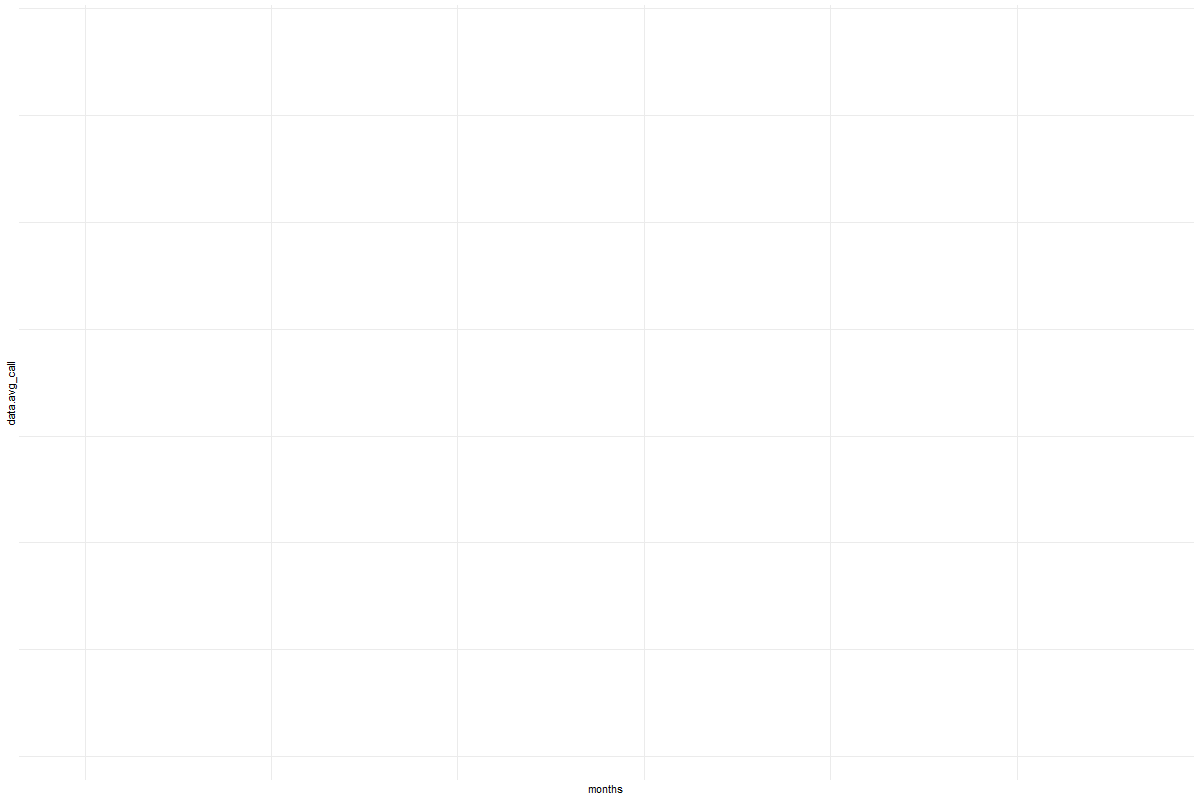Summary
Since February 2023, the Reserve Bank of India (RBI) has maintained its policy rate, also known as the repo rate, at 6.5% and the Standing Deposit Facility Rate (SDR) at 6.25%. The market had anticipated that the RBI would keep its policy rate unchanged this time. This article delves into the effects of unanticipated changes in monetary policy on the economy.
 |
| The movement of Call Money interest rate (red line) and the policy rate corridor (repo-reverse repo/SDR) Data sources: RBI and EPWRF |
Market participants expect the Reserve Bank of India (RBI) to announce interest rate stability during its monetary policy declarations. However, the realm of central banking is characterized by unforeseen shifts. If the RBI decides to deviate from expectations and lower interest rates, the repercussions could reverberate across various economic sectors.
· Encouragement for Debtors: A bold decision by the RBI to
decrease interest rates would undoubtedly lead to reduced borrowing expenses
for both consumers and businesses. This move acts as a stimulus for borrowers,
potentially benefiting industries such as real estate, automotive, and consumer
durables. The increased affordability could spur demand, thereby bolstering the
economy.
· Boost in Investment and Economic Growth: Lower
borrowing expenses typically incentivize companies to expand and pursue new
investments. Therefore, an unexpected decrease in interest rates could spur
economic growth by encouraging increased capital expenditure, job generation,
and business operations.
· Impact on Fixed Income Instruments and Savings:
While lower interest rates would benefit borrowers, savers and investors in
fixed income products such as bonds and fixed deposits could face reduced
returns. This may prompt investors to reevaluate their investment strategies,
potentially leading to a shift towards riskier assets like stocks in pursuit of
higher yields.
· Impact on Exchange Rates: A potential
consequence of the RBI reducing interest rates is the depreciation of the
Indian rupee against other currencies, affecting its value. This shift could
influence trade balances and capital flows, thereby impacting importers,
exporters, and foreign investors.
· Concerns Regarding Inflation: A rate cut
intended to stimulate economic activity inevitably raises concerns about
potential medium- to long-term inflationary repercussions. To fulfill its dual
mandate of ensuring price stability while fostering growth, the RBI must
navigate cautiously, finding a delicate equilibrium between stimulating demand
and mitigating inflationary forces.
· Financial Implications: Unanticipated rate cuts
can affect government borrowing costs and debt servicing responsibilities.
Nonetheless, lower interest rates may provide relief by reducing the strain of
repaying existing debt, potentially benefiting fiscal authorities.
· Impact on Investor Confidence and Market
Sentiment: Central bank actions play a pivotal role in shaping investor
confidence and market sentiment. Unexpected rate cuts have the potential to
bolster faith in the financial system, prompting an increase in demand for
riskier assets such as stocks. Conversely, deviations from market expectations
may trigger volatility and uncertainty, necessitating adjustments to investment
strategies.
However, such a reduction in the repo rate could lead to a decline in deposit rates offered by banks. This would affect savers and retirees relying on interest income from their deposits. Additionally, lower repo rates typically result in decreased bond yields, impacting bond investors and debt markets. Changes in the repo rate also influence the prime lending rate (PLR) and base rate of commercial banks, affecting borrowing costs across various loan products for households, corporates, and small businesses. Any unexpected deviation from market expectations regarding the repo rate could trigger volatility in financial markets, prompting investors to reassess their interest rate forecasts and adjust investment strategies accordingly. Moreover, the RBI's decision to cut the repo rate unexpectedly may impact its credibility and communication strategy as market participants evaluate the central bank's ability to manage monetary policy effectively and achieve its inflation and growth objectives.
Numerous economic sectors are affected by the Reserve Bank of India's (RBI) surprise interest rate reduction. Reduced borrowing costs as a result of this action would probably boost credit availability, which would raise consumer investment and spending in both the personal and business sectors. Lower interest rates in particular could help the housing market by lowering the cost of mortgages, which could increase demand for housing and support property prices. Furthermore, the rate cut may cause the rupee to weaken, which would benefit export-oriented industries by making Indian exports more competitive in global markets. Reduced interest costs would also lessen the burden of corporate debt servicing, which could enhance their creditworthiness and overall financial health. A change in investment may also be prompted by lower interest rates. preferences for equities, raising stock prices in expectation of increased economic growth and corporate profitability. It is crucial to remember, though, that a rate reduction might worsen income inequality by helping borrowers—who are generally wealthier—at the expense of savers who depend on income from fixed-income investments. Furthermore, an unexpected rate reduction may have an impact on the efficiency of monetary policy transmission mechanisms, changing how households and financial institutions behave in response to future policy measures. Lastly, there could be conflicting responses from the bond markets. Short-term bonds might rise due to anticipated lower yields, but longer-term bonds might be sold off due to worries about inflation and potential policy tightening.
In conclusion, the Reserve Bank of India's (RBI) decision to deviate from market expectations and lower interest rates carries significant implications across various economic sectors. While it may stimulate borrowing and spending, boost investment and economic growth, and enhance the competitiveness of exports, it also raises concerns regarding inflation, income inequality, and the effectiveness of monetary policy transmission mechanisms. Furthermore, the impact extends to financial markets, investor confidence, and the credibility of the central bank. It underscores the delicate balancing act the RBI must perform to navigate between promoting growth and ensuring price stability, amidst the complexities of the global economy.
By
Gautam Sharma, M.A Economics (2022-2024), School of
Behavioural and Social Science (SBSS), Manav Rachna International Institute of
Research and Studies (MRIIRS), Faridabad, Haryana. gauttisharma@gmail.com
No comments:
Post a Comment